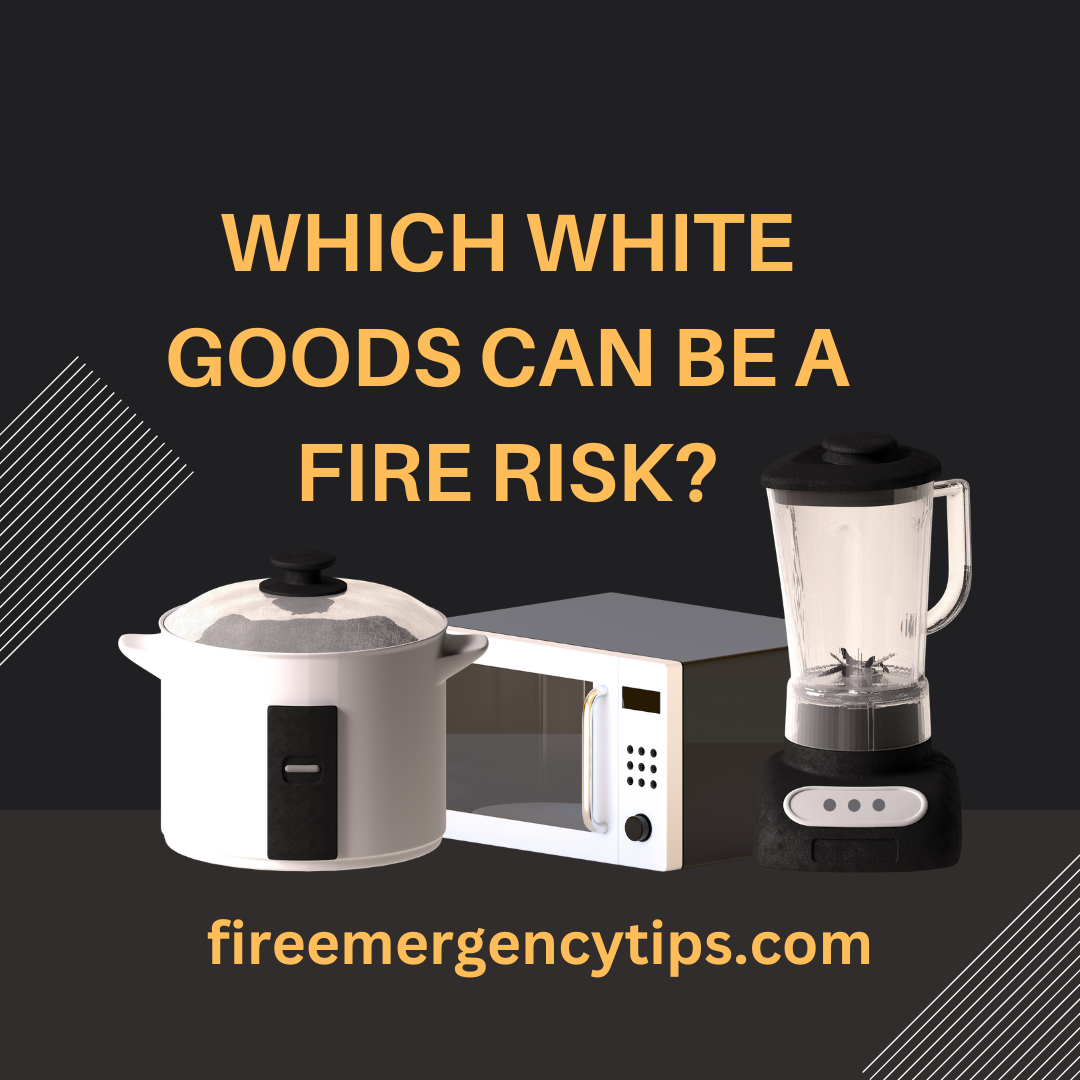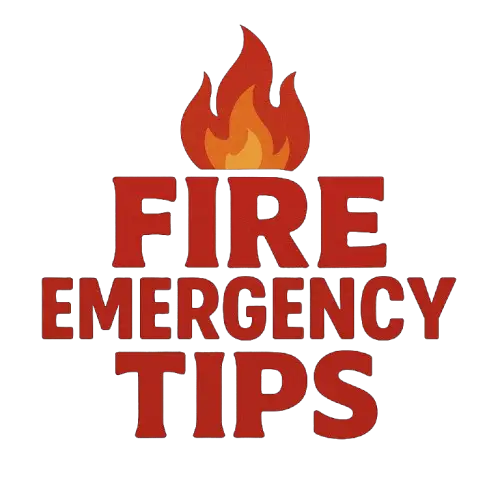
White goods, also known as household appliances, are devices used for household chores such as cooking, cleaning, and storing food. While these appliances make our lives easier and more comfortable, they can also pose a fire risk.
In this article, we will discuss the white goods that are most likely to cause fires, the reasons why they can be dangerous, and the preventive measures you can take to avoid accidents.
Washing machines and dryers
Washing machines and dryers are among the most common appliances found in homes. However, they can also be a fire risk if not maintained properly. The main reason for this is the build-up of lint in the dryer’s vent or exhaust pipe.
Lint is highly flammable and can ignite if it comes in contact with a heat source, such as a heating element or a spark. According to the U.S. Fire Administration, washing machines and dryers were responsible for an estimated 16,800 fires in 2010.
To avoid the risk of fire, make sure to clean the lint filter after every use and check the exhaust pipe regularly to ensure that it is clear of debris. You should also avoid overloading the dryer, as this can cause the motor to overheat and ignite any accumulated lint.
Refrigerators and freezers
Refrigerators and freezers are essential for keeping our food fresh, but they can also be a fire hazard. The most common cause of fires in refrigerators and freezers is a faulty compressor, which can overheat and ignite the flammable insulation material. In addition, electrical faults and loose connections can also cause fires.
To reduce the risk of fire, make sure to keep the back of the fridge or freezer clear of dust and debris, which can block the airflow and cause the compressor to overheat.
You should also avoid overloading the appliance, as this can put extra strain on the compressor and increase the risk of a fault occurring.
Dishwashers
Dishwashers are another common appliance found in many homes. However, they can also be a fire risk if not used and maintained properly. The main cause of fires in dishwashers is a faulty heating element, which can overheat and ignite any flammable materials nearby. In addition, electrical faults and loose connections can also cause fires.
To reduce the risk of fire, make sure to clean the dishwasher’s filter regularly to prevent the build-up of debris, which can cause the heating element to overheat.
You should also avoid leaving the dishwasher running overnight or when you are not at home, as this can increase the risk of a fire occurring.
Ovens and stovetops
Ovens and stovetops are used for cooking and can also be a fire hazard if not used correctly. The main cause of fires in ovens and stovetops is leaving food unattended, which can cause it to ignite and spread to nearby surfaces. In addition, electrical faults and gas leaks can also cause fires.
To reduce the risk of fire, make sure to never leave food unattended while cooking, and keep the area around the stove and oven clear of flammable materials such as paper towels, oven mitts, and curtains. You should also have your oven and stove inspected and serviced regularly to check for any electrical or gas faults.
Toasters and toaster ovens
Toasters and toaster ovens are used for toasting bread and can also be a fire hazard if not used properly. The main cause of fires in toasters and toaster ovens is a malfunctioning heating element, which can overheat and ignite any flammable materials nearby.
In addition, crumbs and debris can accumulate in the toaster and ignite if they come in contact with the heating element.
To reduce the risk of fire, make sure to clean the toaster or toaster oven regularly to prevent the build-up of crumbs and debris. You should also avoid using metal utensils to remove toast or other items from the appliance, as this can damage the heating element and increase the risk of a fire.
Preventive measures to avoid fire hazards
Apart from being aware of the risks associated with white goods, there are several preventive measures that homeowners can take to avoid fire hazards in their homes. These include:
- Regular maintenance and inspection: Regular maintenance and inspection of household appliances can help identify any potential fire hazards before they become a problem. It is recommended to have a professional electrician or technician inspect your appliances at least once a year.
- Proper installation: Household appliances should be installed according to the manufacturer’s instructions, and by a qualified technician. Improper installation can lead to electrical faults, gas leaks, and other hazards.
- Avoid overloading: Overloading appliances can cause them to overheat, which can lead to a fire. Make sure to follow the manufacturer’s recommended load capacity for each appliance.
- Keep flammable materials away from appliances: Keep flammable materials such as curtains, towels, and paper products away from appliances to reduce the risk of a fire.
- Use appliances properly: Follow the manufacturer’s instructions when using household appliances, and avoid leaving them unattended. Make sure to turn off appliances when they are not in use.
Conclusion
In conclusion, white goods can be a fire risk if not used and maintained properly. Washing machines and dryers, refrigerators and freezers, dishwashers, ovens and stovetops, and toasters and toaster ovens are among the most common appliances that can cause fires.
To avoid the risk of fire, homeowners should follow preventive measures such as regular maintenance and inspection, proper installation, avoiding overloading, keeping flammable materials away from appliances, and using appliances properly.
By taking these steps, homeowners can reduce the risk of fire hazards in their homes and ensure the safety of their families.
Sources:
- U.S. Fire Administration, Home Fires Involving Clothes Dryers and Washing Machines. Retrieved from https://www.usfa.fema.gov/downloads/pdf/statistics/v14i6.pdf
- National Fire Protection Association, Home Fires Involving Refrigerators and Freezers. Retrieved from https://www.nfpa.org/-/media/Files/News-and-Research/Fire-statistics-and-reports/Fact-sheets/RefrigeratorFactSheet.pdf
- Consumer Reports, How to Prevent Dishwasher Fires. Retrieved from https://www.consumerreports.org/dishwashers/how-to-prevent-dishwasher-fires/
- The Spruce, How to Prevent Kitchen Fires. Retrieved from https://www.thespruce.com/how-to-prevent-kitchen-fires-1388466
- Electrical Safety Foundation International, Appliances. Retrieved from https://www.esfi.org/resource/appliances-178
